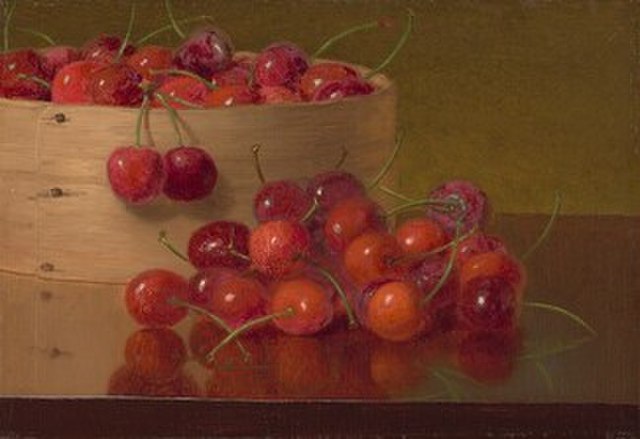Cherry farmers in the southwestern province of British Columbia (B.C.) in Canada are unsure when flower budding may start. This is after an unpredictable freezing and rainy winter delayed the usual bud formation timings.
Cherries in British Columbia normally begin to form buds in February before flowers blossom in early April. Then the dark red fruits mature in June and are ready to harvest between July 15 and August 15.
In 2024, however, there are still no sprouts after sap in frozen trees in an otherwise alternatively warm and cold winter impacted development.
This applies to not just the 2.5 centimeter-thick lapin cherries, but also the widespread Staccato and sweet varieties.
Indeed, a couple that operates a 1.5-hectare lupin cherry farm in B.C. told Vancouver Sun that this season holds little promise. The man and wife team said that they are not looking forward to their usual 40,000-ton harvest each summer.
There is good news, nevertheless, in that it may be not too late for apple growers in the province. The fruit, which accounts for over 52% of all B.C.’s fruit production, is in bud after overcoming 2023-24 winter extremes.
Like cherries, B.C.’s apples are also in season in late summer between August 15 and September 30. Their harvest parallels that of peaches, whose harvest takes place in July. The latter stone fruit currently faces the same budding challenges as cherries.
Cherries and apples are the predominant fruits in British Columbia and account for 90% of the total production. In 2020, cherry production peaked at 27,000 metric tonnes, a 5-year high, owing to improvements in cultivars and rising acreage.
Most cherries in B.C. grow in the three regions of Okanagan, especially the southern region. The most popular types include Staccato, Lapin and Sweetheart, in descending order of cultivation size.
Most cherries from this province and Canada go into export to the United States and China. Imports stream into Canada from Argentina, the United States and Chile, which also supplies China.
